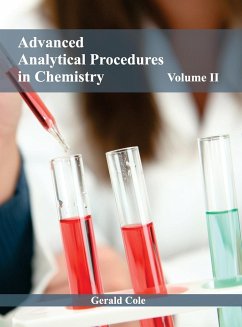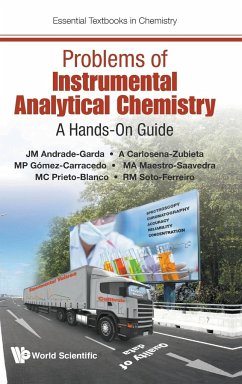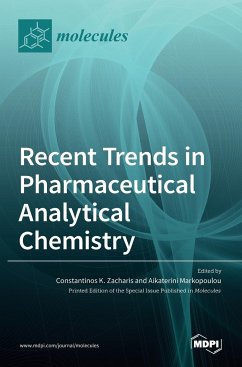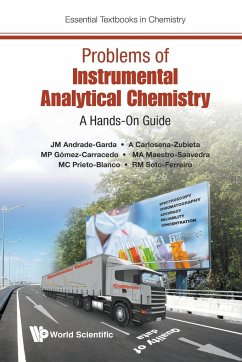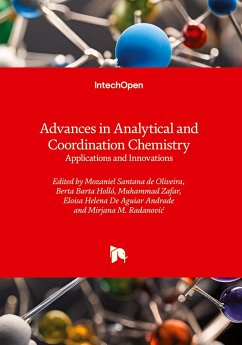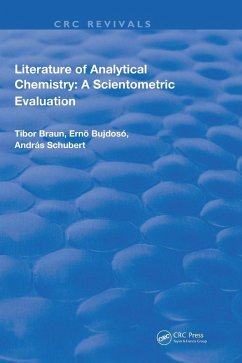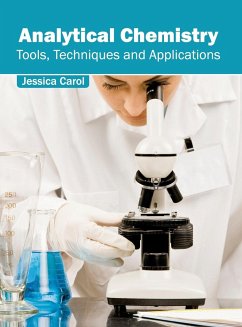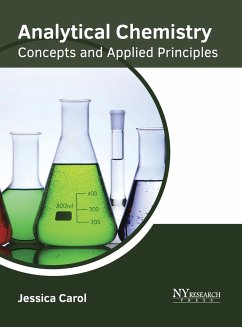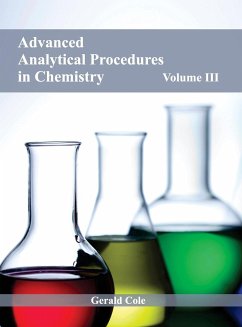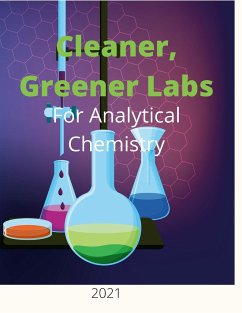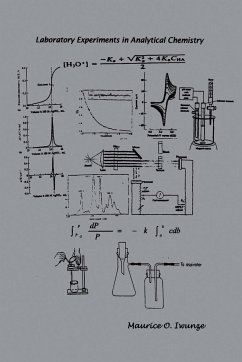
Laboratory Experiments in Analytical Chemistry
Versandkostenfrei!
Versandfertig in 1-2 Wochen
18,99 €
inkl. MwSt.

PAYBACK Punkte
9 °P sammeln!
In the recent past quantitative chemical analysis textbook writers included selected experiments to complete and complement the text and thus give instructors a choice to select the experiments to be performed by students in quantitative analysis course. On the other hand, this is not so for courses in instrumental analysis which is a sequential course to quantitative analysis. This is, perhaps, due to the numerous instrumental techniques that have been developed over the years for chemical analysis. In its stead, textbooks on experiments in instrumental analysis are common, and these are as d...
In the recent past quantitative chemical analysis textbook writers included selected experiments to complete and complement the text and thus give instructors a choice to select the experiments to be performed by students in quantitative analysis course. On the other hand, this is not so for courses in instrumental analysis which is a sequential course to quantitative analysis. This is, perhaps, due to the numerous instrumental techniques that have been developed over the years for chemical analysis. In its stead, textbooks on experiments in instrumental analysis are common, and these are as diversified as the topics covered in lecture courses. Most of the experimental topics covered, especially, in quantitative analysis, lean heavily on determination of materials or compounds of inorganic chemistry origin. This seems to be the tradition with only a few exceptions. However, recently, textbooks on quantitative analysis have emerged and continue to emerge, without any experimental section. This is not quite surprising though, since many instructors nowadays, tend to design their own experiments to suit and complement their lecture materials. On the other hand, the trend in the production of books on instrumental analysis experiments has remained the same. The objective of this book is therefore two fold. One is to design a reasonably comprehensive laboratory text that embodies both areas of analytical chemistry. The other is to shy away from the tradition of making quantitative analysis experiments lean too heavily on inorganic materials. To this end, several topics ranging from inorganic to organic materials are included in this laboratory text book. A new element is also introduced in this book. That is, students are exposed throughout the book to the analysis of compounds of pharmaceutical relevance.



